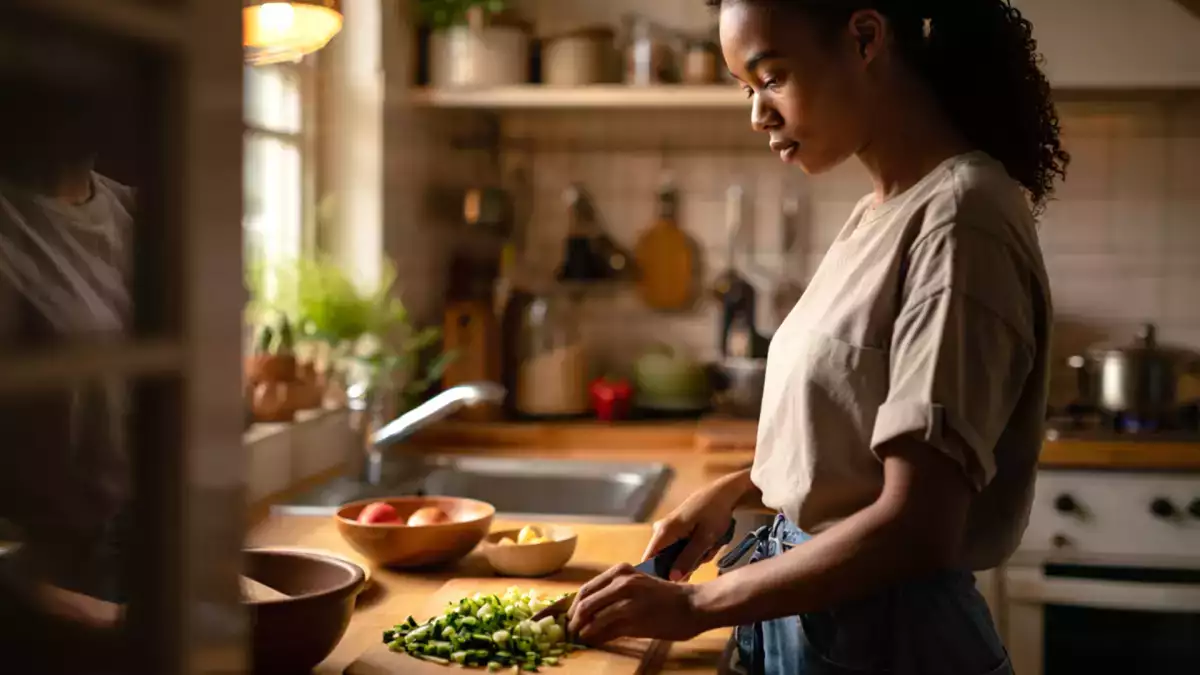Happy, stressed or down in the dumps? Here's the right dish for every emotion

Food is more than just nourishment. It is comfort, memory, an outlet. Often depending on our mood, we choose different dishes, even without realizing it. This connection is emotional cooking, a profound way to listen to ourselves and find ourselves.
In this article we will explore what dishes to prepare in different moods, and why certain recipes make us feel better.
When you're sad: choose warm, soft dishes
Sadness needs hugs, even on the plate. It is warm, enveloping food with familiar flavors. It is the realm of comfort food.
Examples:
- Baked pasta au gratin
- Soft polenta with melted cheese
- Hot chocolate with cream
- Chicken soup with vegetables
- Mashed potatoes with butter
Why it works:
Dishes rich in complex carbohydrates stimulate serotonin, the feel-good hormone. The warmth and soft texture relaxes and gives a feeling of protection. As confirmed by a study from the University of Mississippi (2020), comfort food can have an immediate calming effect on the nervous system.
When you're happy: light, colorful, creative cooking
Happiness is reflected in fresh, vibrant dishes full of colors and textures. In these moments you feel like experimenting, creating, sharing.
Examples:
- Cereal, vegetable and protein bowls
- Salads with fresh fruit
- Homemade tacos
- Decorative smoothie bowls
- Sweets to share (cupcakes, cookies)
Why it works:
When we are happy, our brains release dopamine, which makes us more open to novelty and experimentation. Different colors and textures stimulate the senses and reinforce positive emotions. According to an article published in Appetite Journal (2019), plate aesthetics increase perceived pleasure during a meal.
When you're angry: strong, decisive, spicy dishes
Anger is an intense, often restrained energy. In the kitchen, it can become a liberating outlet, both physical and mental: chopping with determination, kneading with vigor, and seasoning with boldness. Better to opt for dishes with a strong character, spicy, tangy or crunchy, reflecting intensity and determination.
Examples:
- Spicy Ramen
- Homemade hamburgers with spicy sauces
- Spicy fajitas
- Crispy or bite-size foods
- Very flavorful soups or curries
Why it works:
Intense flavors (spicy, salty, crunchy) help "channel" emotions. Spicy stimulates endorphin production, generating a feeling of relief. In addition, cooking with your hands gives an escape valve.
When you're anxious: slow and therapeutic cooking
Anxiety comes from feeling out of control, so you need dishes that you prepare with patience and care, as if each gesture serves to bring you back to the present.
Examples:
- Homemade bread to knead
- Dumplings to be made by hand
- Cookies to be shaped and baked
- Risottos to be stirred slowly
Why it works:
Kneading, cutting, mindful stirring: these are repetitive gestures that help you slow down your thoughts and regain control. According to Harvard Medical School, mindful cooking can be an effective form of mindfulness, helpful against anxiety and chronic stress.
Bonus: what to cook when you're in love?
Love brings with it a sensual and convivial dimension. Cooking together or for someone becomes an act of intimacy and attention.
Examples:
- Homemade pasta for two
- Fresh fruit tarts
- Artisanal chocolates
- Tartare, burrata, aperitif dinners to share
Why it works:
According to Psychology Today, shared food strengthens the emotional bond and stimulates the production of oxytocin, the love hormone. "Lover's" dishes coinvolve all the senses: sight, smell, touch and taste, increasing intimacy and connection.
Conclusion: cooking to listen to emotions and turn them into flavor
Cooking following one's emotions is not only a practical act, but a true act of mindfulness. It is a way to listen to yourself, take in how you feel and care for yourself and others.
The next time you ask yourself. "What shall I cook today?" try starting with another question, "How do I feel?". From there, scents, colors and textures will naturally arise. Emotions that melt, transform and share. Because a cuisine that starts from the heart can nourish much more than just the body: it nourishes the soul.
 Eva Alberghetti
Eva Alberghetti
Comments